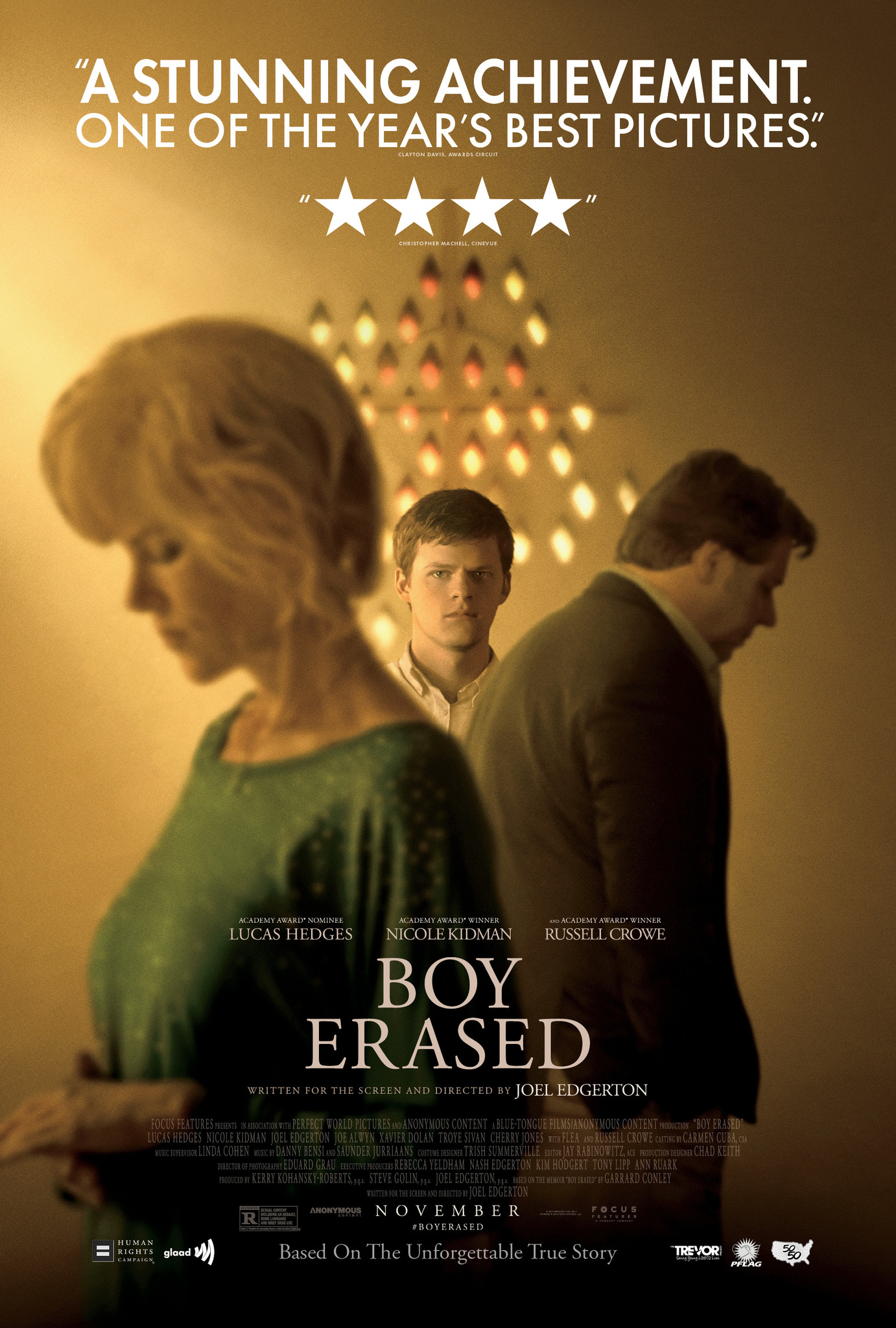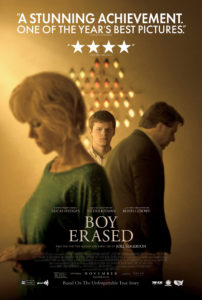The Girl in the Spider’s Web
Posted on November 8, 2018 at 5:48 pm
B-| Lowest Recommended Age: | Mature High Schooler |
| MPAA Rating: | Rated R for violence, language and some sexual content/nudity |
| Profanity: | Strong language |
| Alcohol/ Drugs: | Drinking, smoking, drugs |
| Violence/ Scariness: | Extended peril and violence, explosions, guns, fights, torture, parent killed in front of child, domestic and child abuse, incest, very graphic and disturbing images, characters injured and killed, suicide |
| Diversity Issues: | None |
| Date Released to Theaters: | November 9, 2018 |

“The Girl in the Spider’s Web” is the first film based on the authorized continuation of the series by Larsson’s family, and here she is played by “The Crown’s” Claire Foy, following Noomi Rapace (in the Swedish movie trilogy) and Rooney Mara (in the David Fincher English-language film based on the first book in the series). There’s a subtle difference in the title of the book that reflects a shift in tone. The first book’s title is descriptive: The Girl With the Dragon Tattoo, followed by The Girl Who Played with Fire, and The Girl Who Kicked the Hornet’s Nest, both references to risks taken by Salander, with the implication that it was intentional. The Girl in the Spider’s Web is not about a choice she made or a dare she braved. There’s no action verb here. There’s no choice to adorn her body with a symbol of strength and fire. This title suggests a girl who has been placed in danger. Salenger as a damsel in distress? I don’t think so.
And then, like those last seasons of “Bewitched,” when they had really run out of ideas, the movie presents us with a sister we knew nothing about who apparently has been just waiting through three books to show up. We get a flashback of the two girls playing chess with, yes, a spider crawling on one of the pieces, before some very, very nasty stuff begins to happen with the girls’ father, who we already know from the earlier books was a very, very, very evil guy.
We go to these movies to see Lisbeth Salander hack, be invincibly tough, and right wrongs. She hacks into the US National Security Agency mainframe and downloads their most dangerous file. In a brief prelude she goes after a domestic abuser and we learn that she has been avenging other abused women. And she repeatedly takes a licking and keeps on ticking. But here the McGuffin is a computer program that can access and activate any nuclear weapons in the world, created for NSA (Stephen Merchant) who now regrets it and wants it destroyed. So he asks Salander for her help, bringing his young son along (Christopher Convery), just to ramp up the threat element. Salander gets the file, to the considerable consternation of NSA’s Edwin Needham (Lakeith Stanfield), who goes uses his considerable computing power to track down Salander, in a race with some very, very bad guys who want the file, too.
So, it’s your basic run with a gun stuff, ably staged if nothing particularly gripping, until the crying. Salander’s friend (and Larsson stand-in) Mikael Blomkvist (Sverrir Gudnason) appears briefly for no particular reason. Foy does fine with Salanger’s thousand yard stare but the script lets her down by trying to have her be vulnerable and tough at the same time. Tbey’ve taken one of the most arresting characters in recent fiction and made her into just another sad girl. And they’ve taken what began as a superior series of action films and turned it into just another night-at-the-multiplex, sequel-heavy formula movie. If Salanger is caught in a spider’s web, it’s not the blah blah about the secret computer file, it’s the blah blah of the filmmakers.
Parents should know that this film has very intense and graphic peril and violence, disturbing images, characters injured and killed, death of a parent, torture, guns, explosions, severe spouse and child abuse, sexual abuse, very strong language, drinking, smoking and drugs.
Family discussion: What should Lisbeth have done for her sister? Why did they make different choices?
If you like this, try: the Swedish “Girl With a Dragon Tattoo” trilogy





